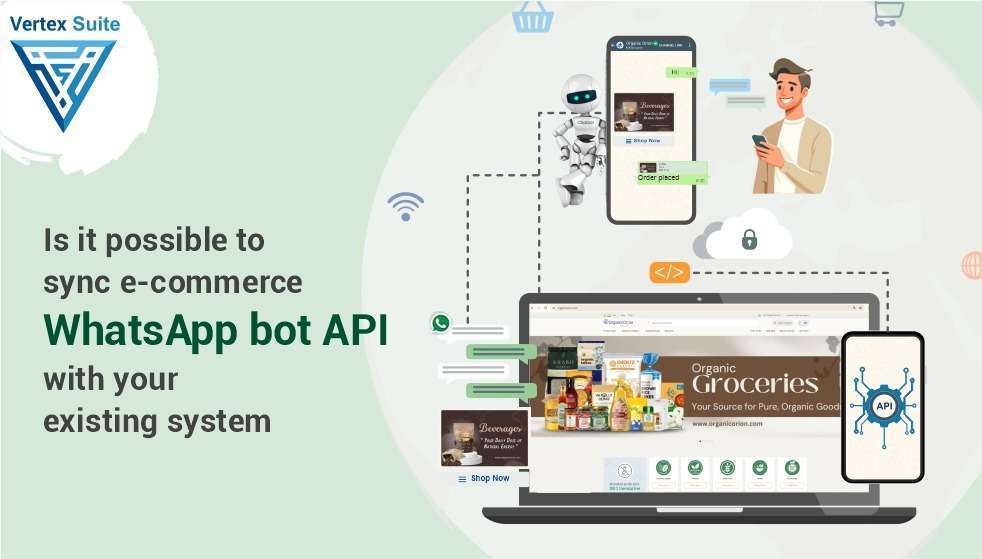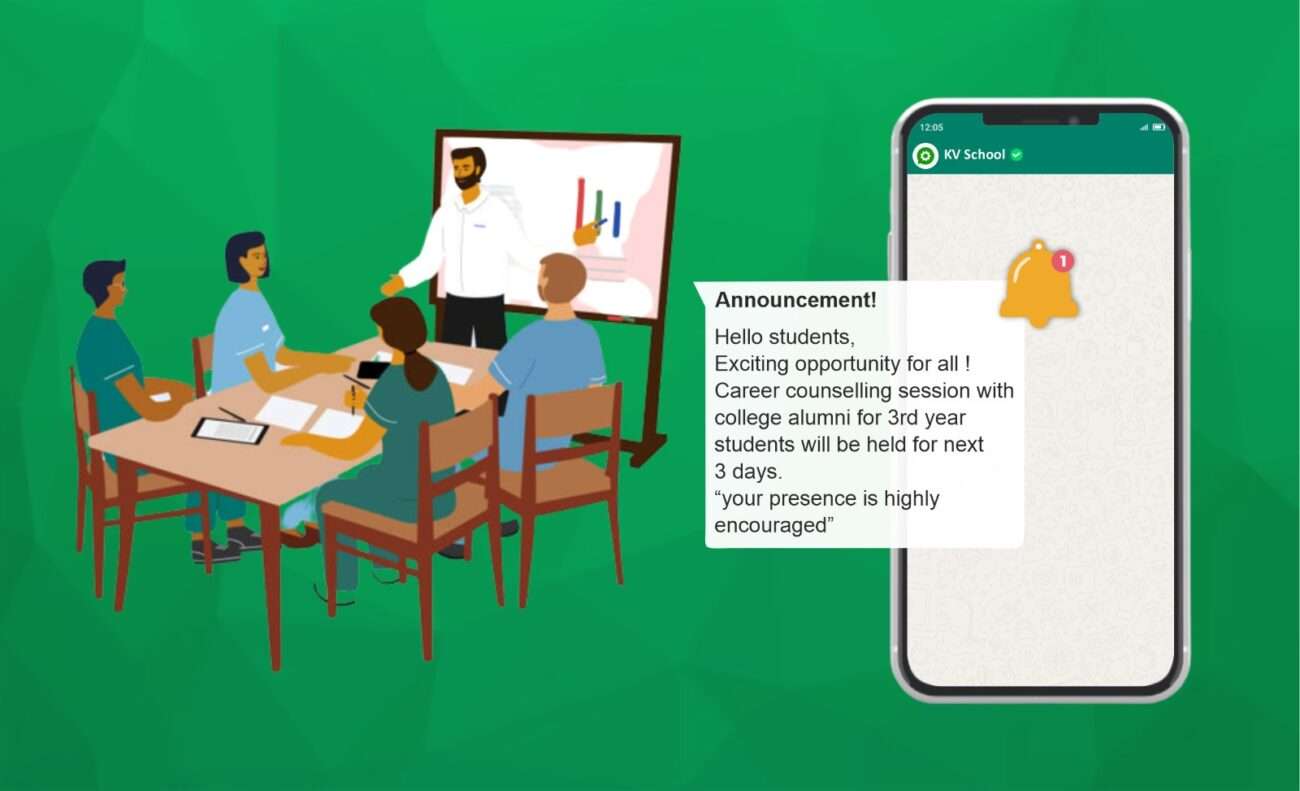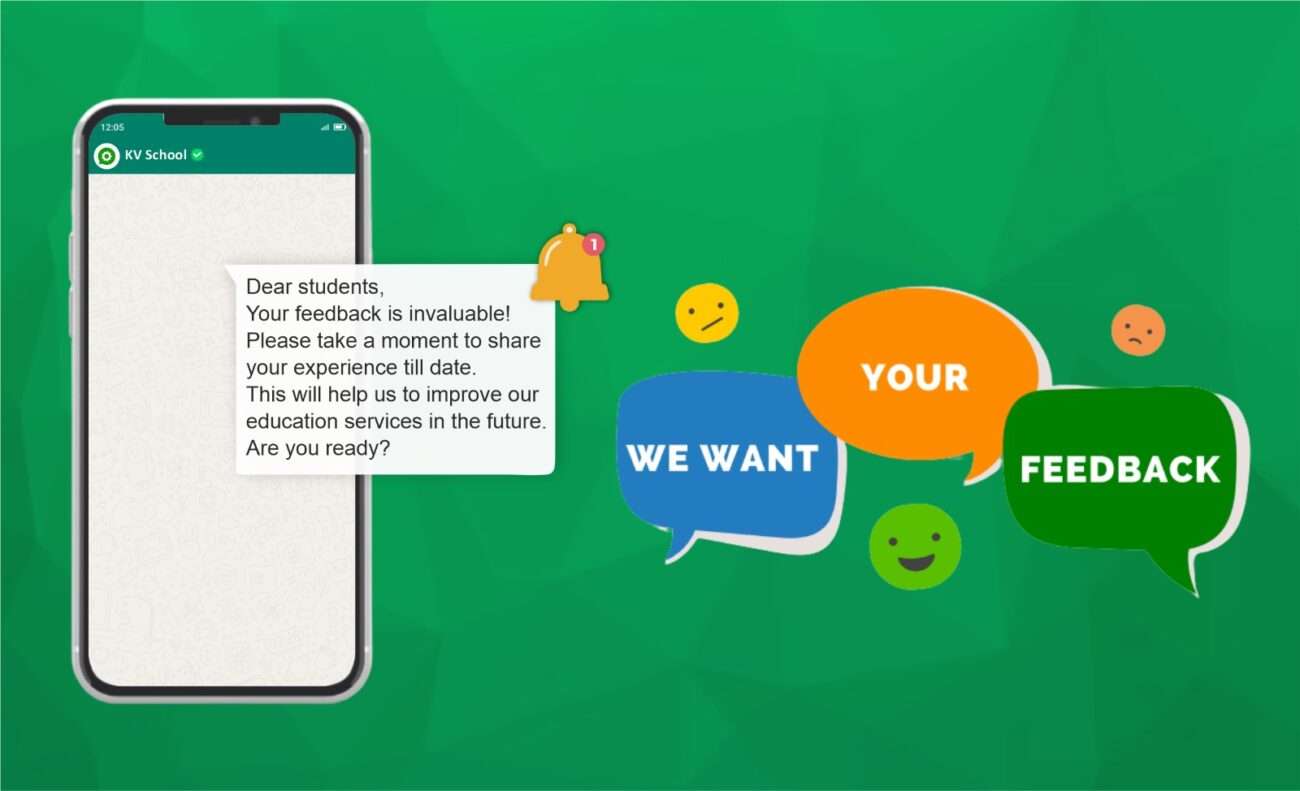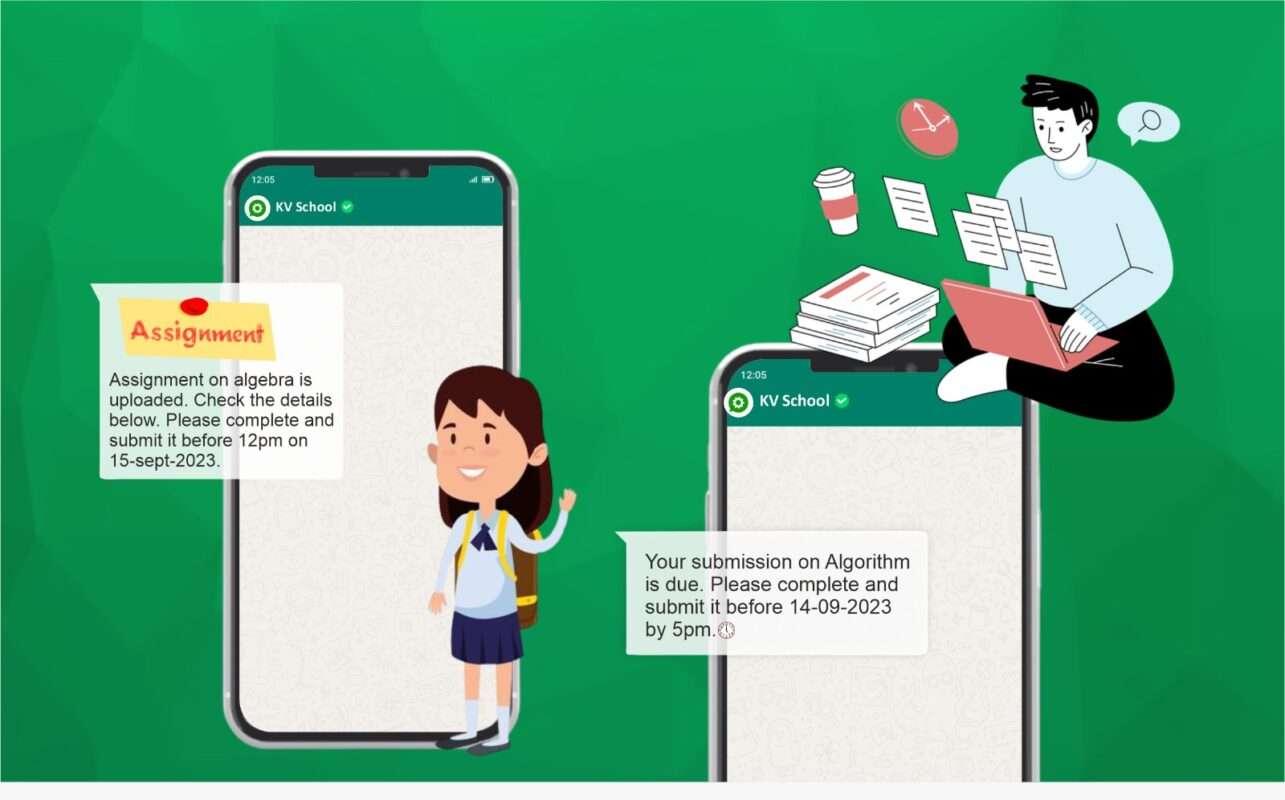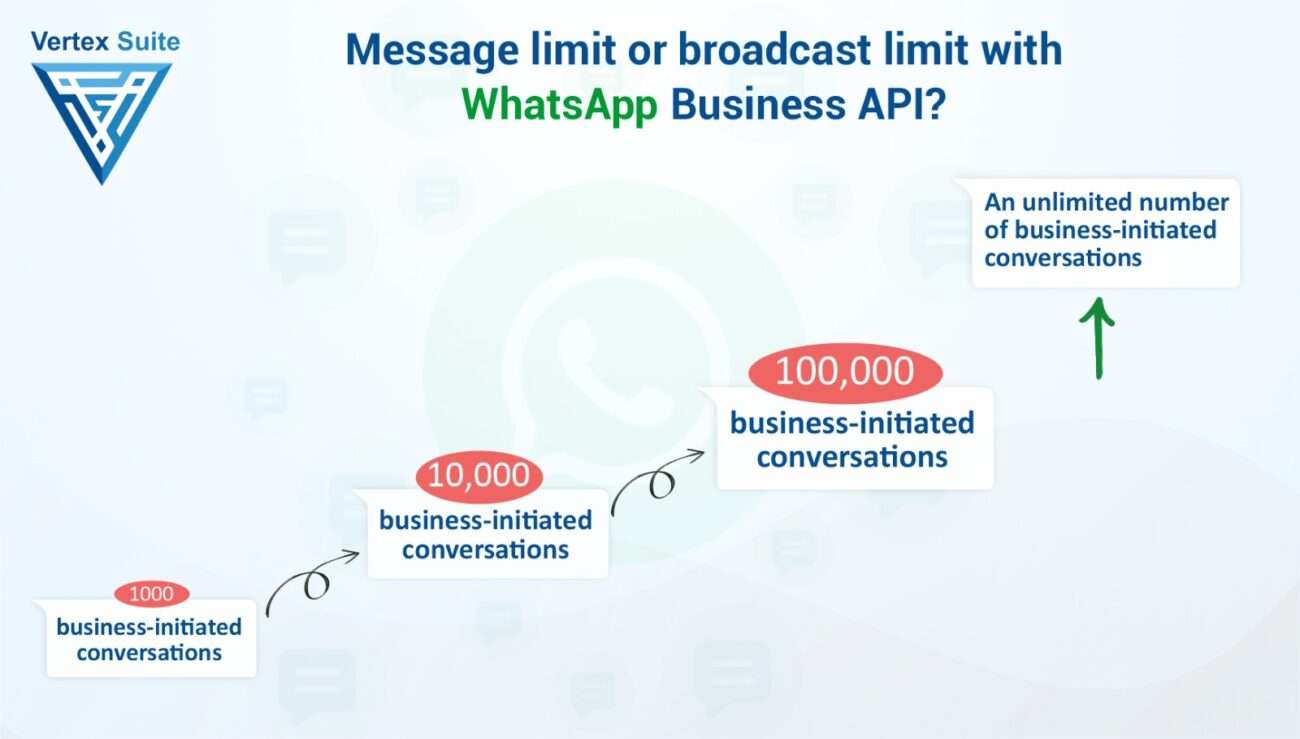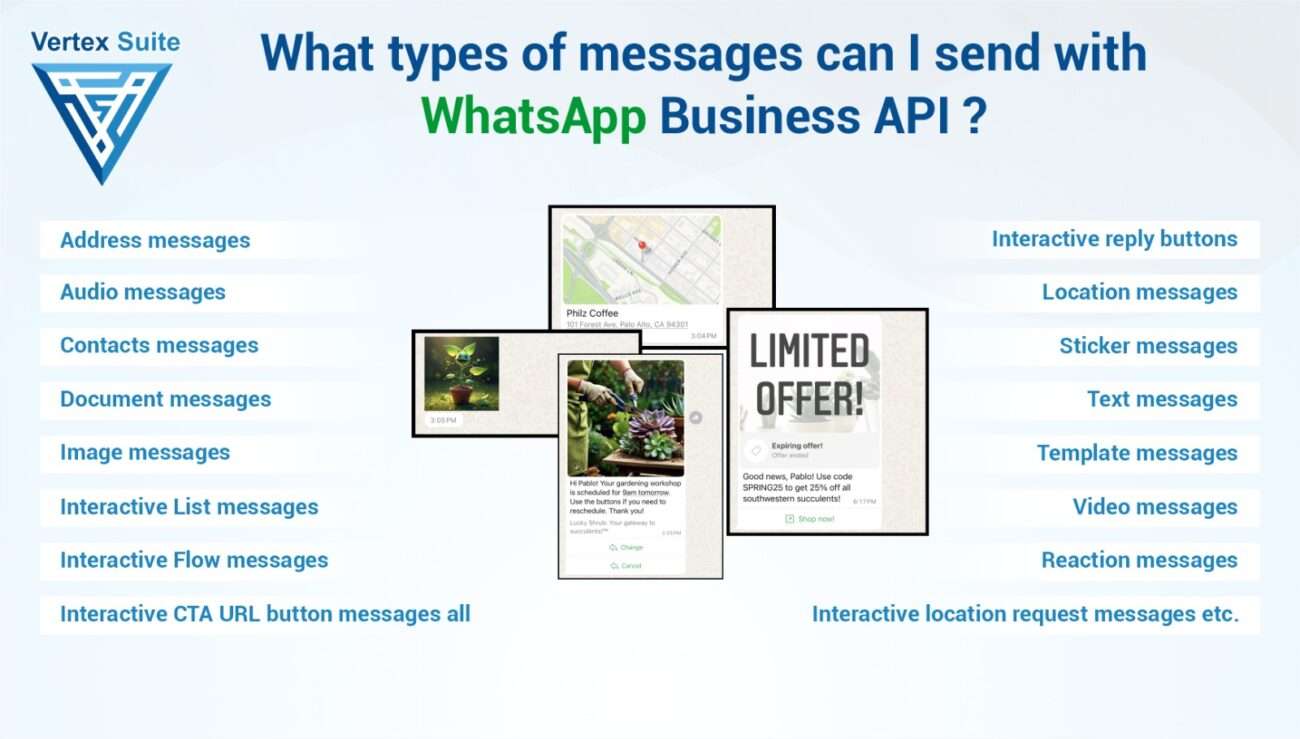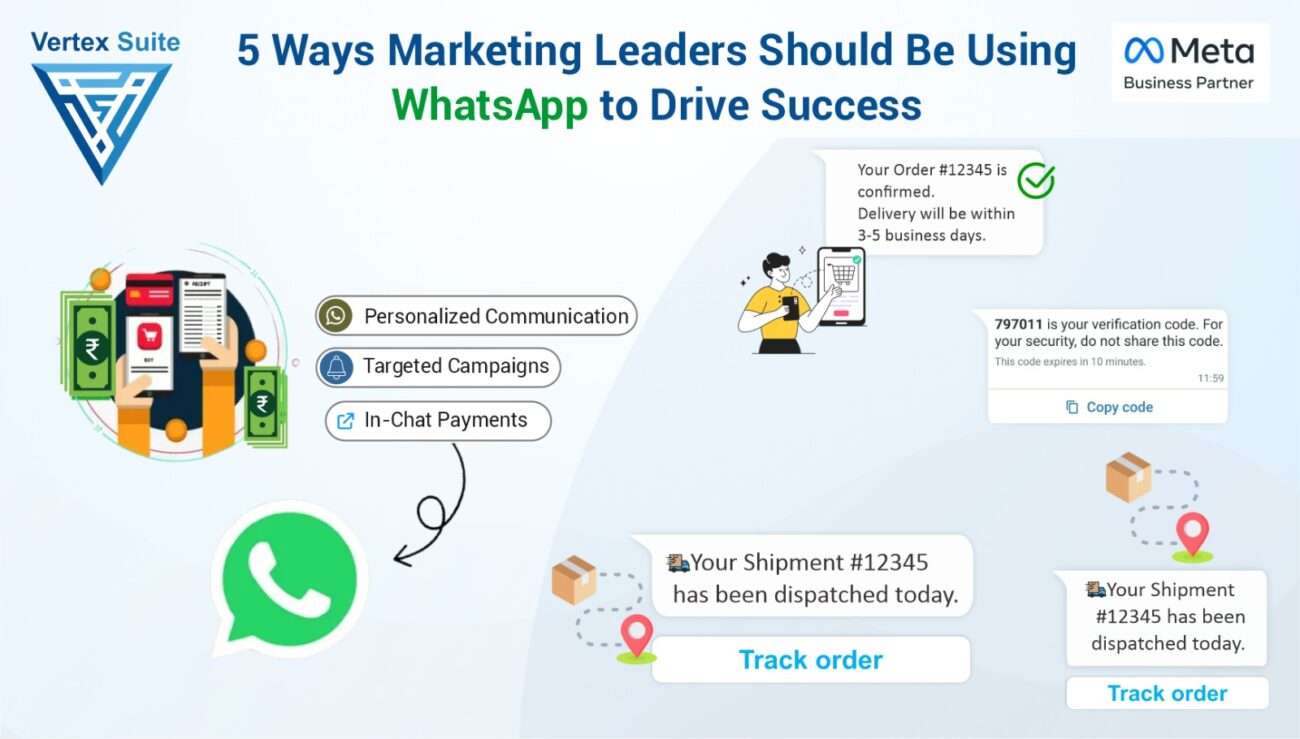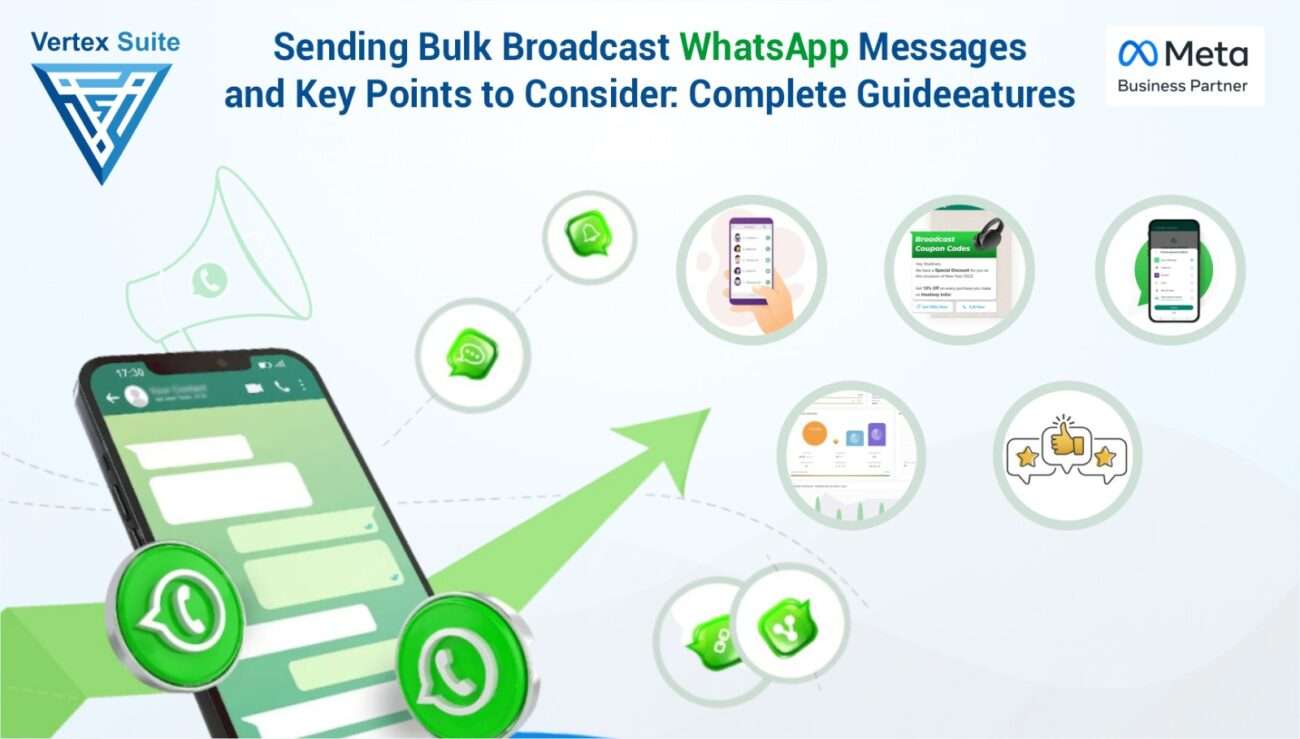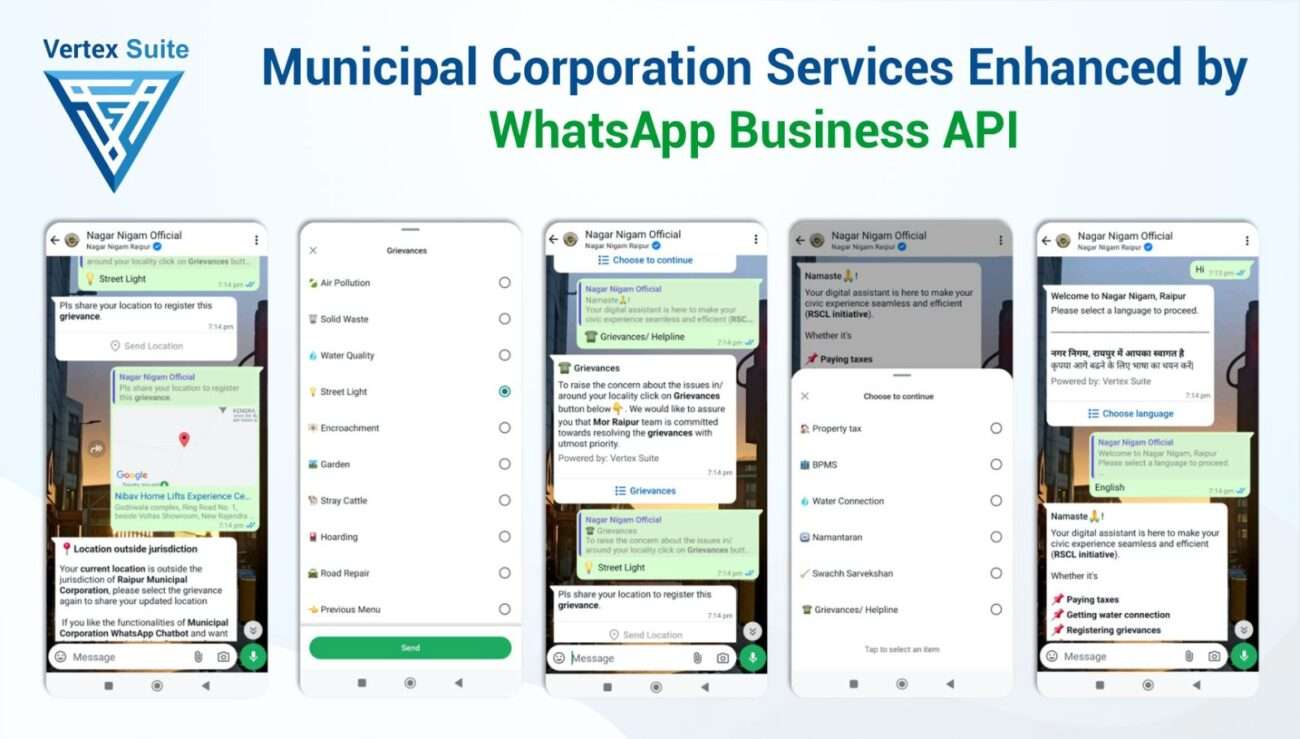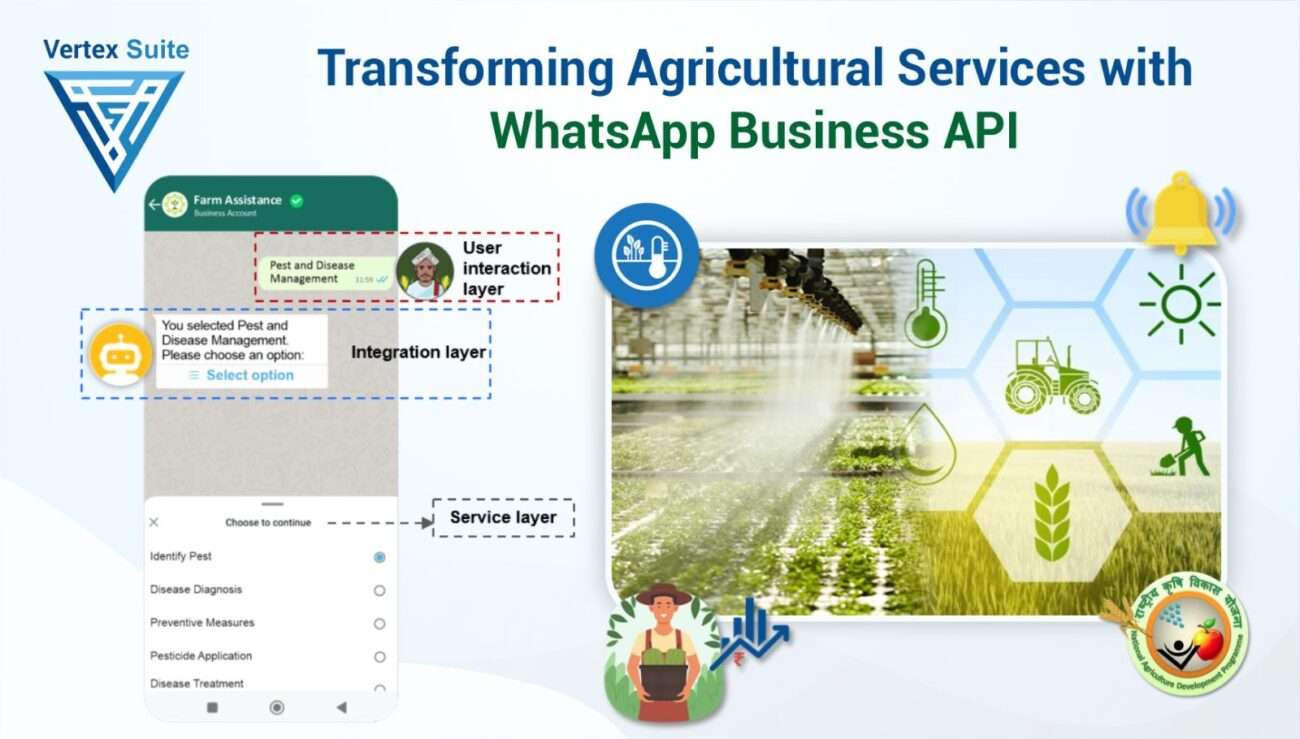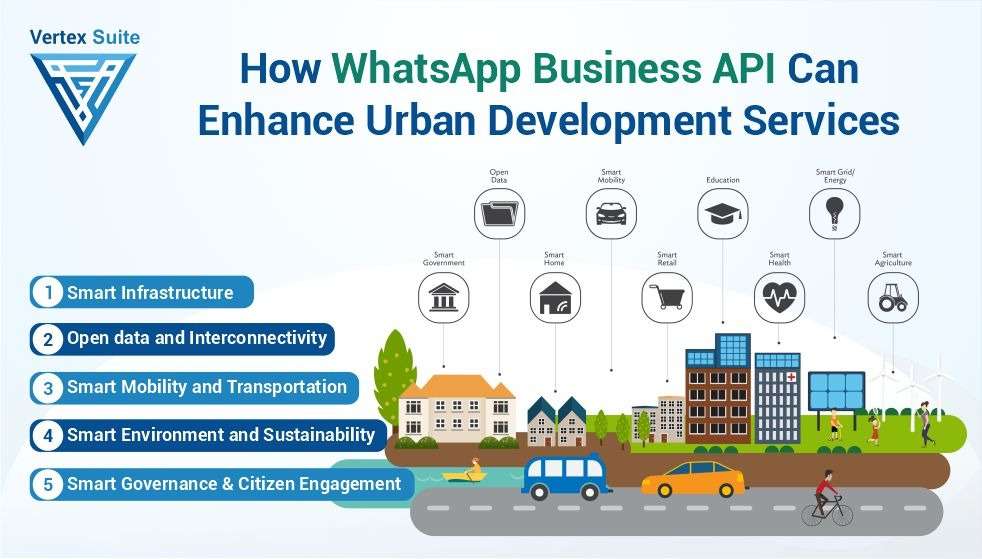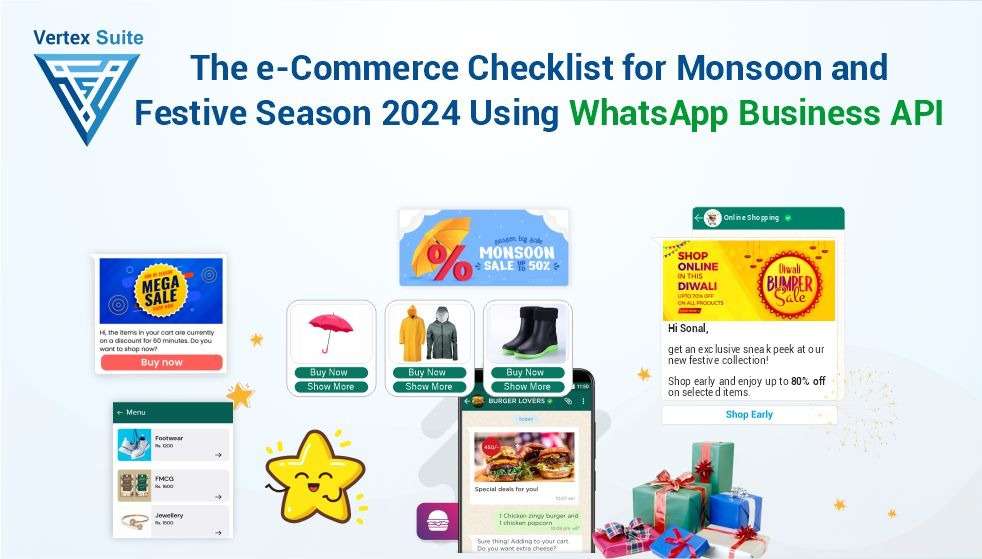The WhatsApp bot has truly simplified various functions, whether it's receiving important notifications, chatting with customer support for instant solutions, or checking the availability of long-awaited products. Now, users can easily inquire about their concerns or seek immediate support without the need to wait for a call to connect with an agent. Frequently Asked Questions (FAQs) are readily available, providing assistance 24/7 for any customer queries. The convenience extends to the fact that users don't need to go through the hassle of downloading or opening an app or website, searching for the support section, and then navigating through the process of raising an issue and subsequent follow-ups, which can be quite tedious. On WhatsApp, all these processes happen instantly, making the customer experience seamless.
The integration of the WhatsApp Chatbot API into e-commerce platforms has proven to be a game-changer, empowering businesses to interact with customers in real-time, provide personalized experiences, and enhance communication efficiency. A pivotal aspect to contemplate when implementing a WhatsApp Chatbot API is ensuring the smooth synchronization of data between the chatbot and the pre-existing e-commerce system. We explore the potential, benefits, and technical challenges of integrating e-commerce WhatsApp Chatbot API data with your current system.
Understanding the WhatsApp Chatbot API for E-commerce:
WhatsApp, as we all know, is the most widely used messaging application that facilitates connections between people and businesses and their customers. It serves as the interface for chat, presenting itself as a chatbot for users and offering a multitude of features to engage on a larger scale. The API feature utilized by businesses aids in automating conversations, managing customer queries, sharing product details and availability, providing an 'add to cart' feature, facilitating the order process, and offering other support within the familiar environment of WhatsApp.
The Necessity for Data Synchronization
Data synchronization is a crucial aspect that needs to be executed meticulously to ensure a seamless customer engagement experience on the platform. This implies that whenever a customer utilizes the chatbot, they anticipate instant responses, swift service, or prompt query resolution. For instance, if a customer is interacting with the chatbot to inquire about product details, check order status, or seek assistance, the chatbot should possess all the up-to-date details. Achieving this level of synchronization requires a two-way sync between the WhatsApp Chatbot API and the existing e-commerce system.
1. Real-Time Updates:
In the present scenario, customers increasingly favor real-time responses from support teams. Achieving this level of responsiveness is contingent on the seamless updating of stock management, product availability, price changes, and the real-time syncing of order statuses. This not only ensures accuracy but also instills a sense of reliability in the WhatsApp chatbot.
2. Consistent Customer Experience:
In industries centered around customer service, providing accurate information is paramount. Discrepancies between the chatbot and the e-commerce system can lead to confusion and frustration among customers. Maintaining proper synchronization ensures consistency, fostering better customer service, and subsequently enhancing trust and loyalty.
Technical Considerations for Data Synchronization
When a business aims to synchronize data from its existing system with a chatbot to deliver real-time information to customers, it becomes crucial to focus on the technical aspects of this integration. Below is a list of key considerations to be taken into account:
1. API Integration:
The foremost consideration is to establish API integration between the WhatsApp chatbot and the e-commerce system. APIs facilitate the seamless transfer of data between different systems, enabling functions such as retrieving product information, managing customer data, and updating order status.
2. Data Mapping and Transformation:
Accurate synchronization relies on effective data mapping between the e-commerce and chatbot systems. Understanding the data structure in both systems and implementing transformations is essential to ensure information is interpreted correctly and remains consistent.
3. Webhooks for Real-Time Updates:
An integral factor for real-time updates is the use of webhooks. With the assistance of webhooks, the e-commerce platform can promptly notify the chatbot about any changes that occur. This includes updates on order status or alterations in inventory.
4. Data Security:
In the service industry, where substantial data exchange between systems is inevitable, prioritizing data security is paramount. Implementation of encryption protocols, securing connections, and adherence to industry standards for data protection are essential measures to safeguard sensitive information.
Benefits of Data Synchronization
Efficient synchronization of data between the WhatsApp chatbot and the e-commerce system brings about extensive benefits for a business.
1. Enhanced Customer Engagement:
This feature aids in providing personalized recommendations to customers based on their purchase history. It can suggest offers and share other relevant information tailored to the customer's interests, resulting in a more satisfying experience.
2. Streamlined Order Processing:
Real-time synchronization ensures that the chatbot possesses up-to-date information on product availability and pricing. This, in turn, streamlines the order process, reducing the likelihood of errors and empowering customers to make informed choices.
3. Improved Customer Support:
When it comes to customer queries, the chatbot stands out as the most preferable and trustworthy medium. With synchronized data, the chatbot responds with accuracy and in a timely manner, efficiently addressing queries and enhancing customer support.
4. Data-Driven Insights:
Data synchronization plays a crucial role in generating comprehensive data insights and conducting data analysis. Companies and brands can discern information about the most popular products, in-demand items, frequently asked questions, customer preferences, and top-selling products. This wealth of information allows them to optimize their strategies and make well-informed decisions.
Case Study: Effective Implementations of Data Synchronization
Let's delve into a hypothetical case study to illustrate the effectiveness of data synchronization in the realm of e-commerce WhatsApp Chatbot API integration:
Case Study 1: Fashion Retailer "ZELLBURY"
In a bid to enhance consumer interaction, ZELLBURY, a prominent online fashion retailer, employed the WhatsApp Chatbot API. Ensuring seamless synchronization of data with their e-commerce system, ZELLBURY equipped the chatbot with real-time knowledge of product availability, sizes, and active discounts. This initiative resulted in more efficient order processing, precise recommendations, and personalized shopping experiences for customers.
Overcoming Data Sync Obstacles
While there are numerous benefits to data synchronization, the implementation may encounter challenges.
1. System Compatibility:
Ensuring compatibility between the WhatsApp Chatbot API and the e-commerce system is crucial. Customization might be necessary to address differences in data structures and formats, ensuring smooth communication.
2. Ability to Scale:
Scalability becomes a concern as the volume of interactions increases. The integration should be designed to handle a growing data load without compromising performance.
3. Updating:
Over time, updates may occur in the WhatsApp Chatbot API or the e-commerce system. Staying up-to-date with API modifications is crucial to prevent synchronization issues. Regular updates may be introduced in both the WhatsApp Chatbot API and the e-commerce system.
Conclusion
Incorporating the WhatsApp Chatbot API into an e-commerce platform presents a revolutionary approach to enhance customer interaction and streamline communication processes. The pivotal element ensuring that the chatbot has access to the most recent and relevant data is data synchronization. With attention to technological intricacies, prioritizing data security, and embracing real-time updates, businesses can fully realize the benefits of a synchronized e-commerce system. These advantages manifest in improved client interactions, efficient order processing, and data-driven insights that foster company expansion. The synchronization of e-commerce chatbot API data stands as a crucial component guiding businesses toward a future characterized by seamless, data-driven customer engagements, especially as the digital landscape continues to evolve.


